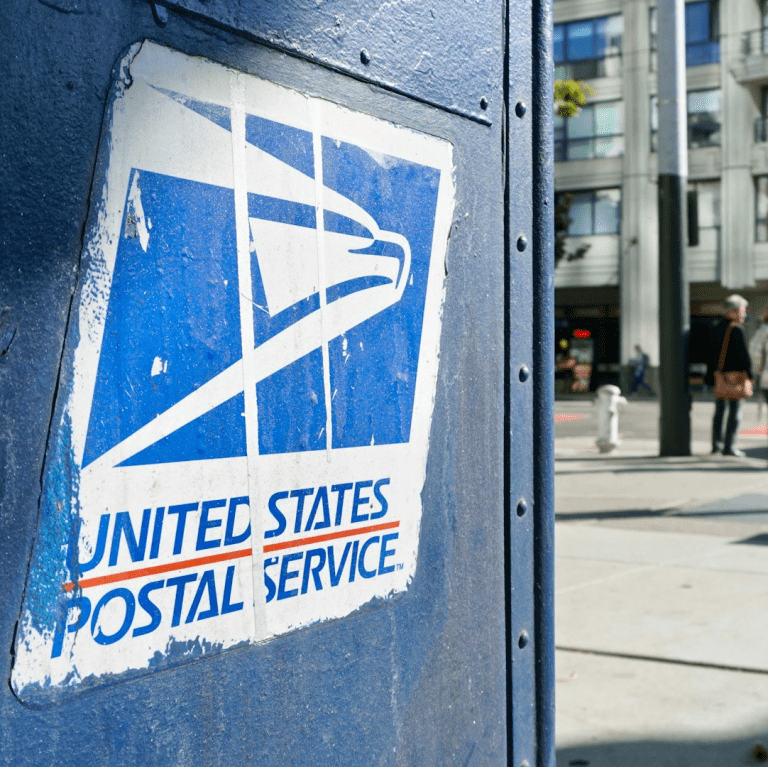Key Takeaways
-
A special enrollment window in 2024 allowed eligible USPS retirees to sign up for Medicare Part B without facing late enrollment penalties.
-
Understanding the integration between Medicare and the new Postal Service Health Benefits (PSHB) Program is critical to avoiding coverage disruptions in 2025.
Understanding What Changed in 2025
The year 2025 marks a turning point for Postal Service retirees and employees due to the transition from the Federal Employees Health Benefits (FEHB) Program to the new Postal Service Health Benefits (PSHB) Program. This change stems from the 2022 Postal Service Reform Act, which introduced new rules to align USPS retirees more closely with Medicare.
Now, if you’re a Medicare-eligible annuitant or family member enrolled in the PSHB Program, you must also enroll in Medicare Part B—unless you qualify for an exemption. But what if you weren’t enrolled in Part B before this shift?
That’s where the rare enrollment period offered in 2024 gave you a second chance.
What Was the Special Enrollment Period?
From April 1 to September 30, 2024, a unique Special Enrollment Period (SEP) allowed eligible USPS retirees and family members to enroll in Medicare Part B without facing the typical late enrollment penalty. This opportunity was specifically designed for individuals affected by the PSHB Program rollout.
This SEP was not tied to traditional Medicare enrollment windows and required no late enrollment fees for those who had previously missed their Initial Enrollment Period (IEP) or other standard windows. It offered a fresh start to ensure your health coverage remained intact going into 2025.
Eligibility Criteria
You qualified for this SEP if:
-
You were entitled to Medicare Part A.
-
You were enrolled in a FEHB plan as a USPS annuitant or covered family member.
-
You missed previous enrollment in Medicare Part B.
The goal of this one-time window was to help you maintain continuity of care as the PSHB Program took effect on January 1, 2025.
Why Part B Enrollment Now Matters More Than Ever
Under the new PSHB rules, enrolling in Medicare Part B isn’t optional for many. If you’re a Medicare-eligible Postal retiree, your continued participation in the PSHB Program depends on it. By enrolling in Part B:
-
You ensure full access to your plan’s benefits.
-
You receive coordinated coverage, often with reduced out-of-pocket expenses.
-
You avoid losing drug coverage, since most PSHB plans integrate with Medicare Part D through an EGWP (Employer Group Waiver Plan).
Skipping Part B can result in:
-
Losing access to prescription drug coverage.
-
Reduced coordination between Medicare and your PSHB plan.
-
Increased out-of-pocket medical costs.
Who’s Exempt From Mandatory Medicare Part B Enrollment?
Not all USPS retirees are subject to the mandatory enrollment requirement. You may be exempt if:
-
You retired on or before January 1, 2025, and are not currently enrolled in Medicare Part B.
-
You are actively employed and aged 64 or older as of January 1, 2025.
-
You live outside the United States.
-
You receive care through the VA or Indian Health Service.
If you meet one of these exemptions, you can still remain enrolled in the PSHB Program even without Part B. However, if your situation changes—for example, if you lose VA coverage or move back to the U.S.—you may need to enroll in Part B later to retain your PSHB coverage.
The PSHB and Medicare Relationship Going Forward
With the new PSHB Program now fully operational in 2025, your health benefits work differently if you have Medicare. Plans are now designed to coordinate directly with Medicare Part A and B. Here’s how it typically works:
-
Medicare is primary: It pays first for your healthcare expenses.
-
PSHB pays secondary: It covers remaining costs, often reducing or eliminating deductibles and copayments.
-
Prescription drug coverage is delivered through a Medicare Part D EGWP included in your PSHB plan.
This dual coverage structure enhances your benefits—if you’re enrolled in Medicare Part B. Without it, your costs may be higher, and your PSHB plan may not provide the same level of coverage.
What If You Missed the 2024 Special Enrollment Period?
If you missed the SEP that ended on September 30, 2024, your options are now more limited, but not gone entirely.
You may need to wait until the General Enrollment Period (GEP) from January 1 to March 31, 2025, to enroll in Medicare Part B. If you sign up during this period:
-
Your coverage begins on July 1, 2025.
-
You may face a late enrollment penalty, depending on how long you delayed Part B.
Additionally, missing the SEP could affect your PSHB coverage if you were required to have Medicare Part B. If you’re unsure whether you fall into this category, it’s critical to seek professional guidance.
Key Steps to Protect Your Coverage
Now that 2025 is here, you should make sure your health benefits are aligned with current PSHB and Medicare requirements. Here’s what to do next:
-
Confirm your Medicare status: Are you enrolled in both Part A and Part B? If not, determine your eligibility and penalties.
-
Review your PSHB plan: Each plan coordinates differently with Medicare. Make sure yours offers the benefits you need.
-
Check for exemptions: If you believe you’re exempt from Part B enrollment, gather documentation and verify it through official channels.
-
Update your records: Ensure your Medicare and PSHB information is accurate and up to date.
If you’re unsure where you stand, don’t hesitate to get assistance from someone who understands these programs thoroughly.
What to Expect With Prescription Drug Coverage
One of the most significant changes in 2025 is how prescription drugs are handled under the PSHB Program. If you’re enrolled in both Medicare and a PSHB plan, your drug coverage is delivered through a Medicare Part D EGWP.
Benefits of this structure include:
-
A $2,000 out-of-pocket cap on prescription drug costs.
-
A $35 monthly cap on insulin.
-
Access to a broader pharmacy network.
However, if you opt out of Medicare Part D by declining enrollment in the PSHB-integrated plan, you will lose prescription drug coverage and may not be able to re-enroll later unless you qualify for a separate enrollment period.
Looking Ahead: Annual Deadlines to Remember
The PSHB Program still follows the federal benefits Open Season timeline. This means:
-
Open Season runs from mid-November to mid-December each year.
-
You can switch PSHB plans, add family members, or make other changes during this time.
-
Outside of Open Season, changes are allowed only with a Qualifying Life Event (QLE) like marriage, divorce, or loss of other coverage.
If you’re Medicare-eligible, changes to Medicare itself are made during the Medicare Open Enrollment Period, which also runs from October 15 to December 7.
Navigating the Transition With Confidence
The transition to PSHB is one of the biggest shifts in Postal retiree benefits in decades. If you took advantage of the 2024 SEP, you’ve positioned yourself well for 2025. If you missed it, there’s still time to act, but the stakes are higher.
What matters now is understanding how Medicare and PSHB interact, whether you’re required to have Part B, and how to avoid penalties and coverage gaps.
Take Control of Your Postal Retirement Health Benefits
If you’re uncertain about your next steps or want help reviewing your Medicare and PSHB coverage, it’s wise to speak with a licensed agent listed on this website for professional advice tailored to your situation.









